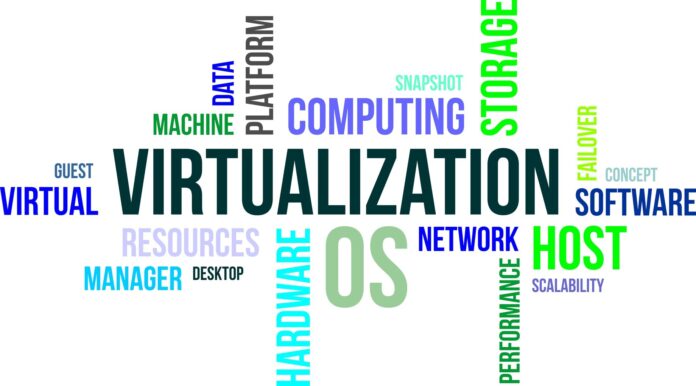Industrial internet of things (IIoT) a partial solution to a serious food problem
Around 30% of the food the world produces is lost each year, according to a 2012 study conducted by the Food and Agriculture Organization of the United Nations. That staggering number means supply decrease, prices increase and producers lose income. But due industrial internet of things, or IIoT, technology, it doesn’t have to be that way.

There are a number of reasons why we see such large amounts of waste in the food that is produced. It happens at every stage: during agriculture, post-harvest of goods or slaughter for protein, processing, distribution and consumption.
Distribution is perhaps the factor that goes most unnoticed to the average consumer. Significant amounts of food are lost every time a container gets filled with perishable goods – whether it be on a truck or a ship.
The IIoT is a solution to this problem. By using machine-to-machine communication and sensors, shipping companies are able to more closely monitor perishable foods housed in refrigerated containers. Data collected from smart containers makes it possible to quickly react to a situation that might damage goods. The inefficient method of manually monitoring refrigerated containers was time consuming and expensive, and potentially open to human error – using IIoT methods increases efficiency by allowing greater visibility of the supply chain.
An IIoT solution from the biggest of shippers
A transportation group that has really embraced IIoT technologies is Maersk Line, the largest shipping company in the world. Maersk Line has equipped more than 270,000 refrigerated containers with its Remote Container Management (RCM) and AT&T IoT technology.

Each unit uses a remote container device (RCD) that has a 3G High Temperature SIM card, a GPS unit, a ZigBee radio and antenna, and multiple interfaces for connecting into the refrigerated container’s controller. The RCD can operate with two-way connectivity from just about anywhere in the world.
These components allow Maersk Line to track in real time the exact position of the container, its temperature, humidity and potential off service. This enables greater visibility over goods, and the significant reduction of damaged cargo.
“The RCM technology will give full visibility of reefer containers and cargo throughout the cold chain, reduce constraints from human errors and allow for safer operations by reducing the number of physical inspections needed at the terminal,” Vincent Clerc, chief commercial officer at Maersk Line, wrote in a LinkedIn post.
More than 59% of Maersk Line’s customer claims stem from malfunctioning refrigerated units, poor supplier handling of off-power periods and wrong temperature set points; all of which, according to Clerc, can either be partially avoided or mitigated proactively with live data. To accommodate the increased demand from customers to have better cold-chain service, Maersk Line outfitted vessels with 30,000 new smart refrigerated containers in 2015.
Not yet in the clear
But there is still the possibility of waste even after perishable foods make their way onshore. It’s the case of the frozen ice crystals seemingly eating away at that pint of ice cream you were wanting to purchase. That comes from freezing, thawing and refreezing, resulting in products customers will want to avoid at the grocery store. An IIoT solution was established by Chris Hjelm, CIO at Kroger, a $108 billion supermarket chain. Kroger installed the temperature monitoring system in around 1,300 stores, each of which has more than 220 water-and-humidity-proof tags connected to a network that uses ZigBee.

The system has a strong return on investment (ROI), but the bigger payoff will come in the future, Hjelm says. Last year’s solution was Kroger’s first foray into IIoT, and it laid the foundation for the deployment of more systems that use tags and monitors.
“It’s something every food retailer will have,” Hjelm predicted, according to CIO. A complete rollout is expected this year.

